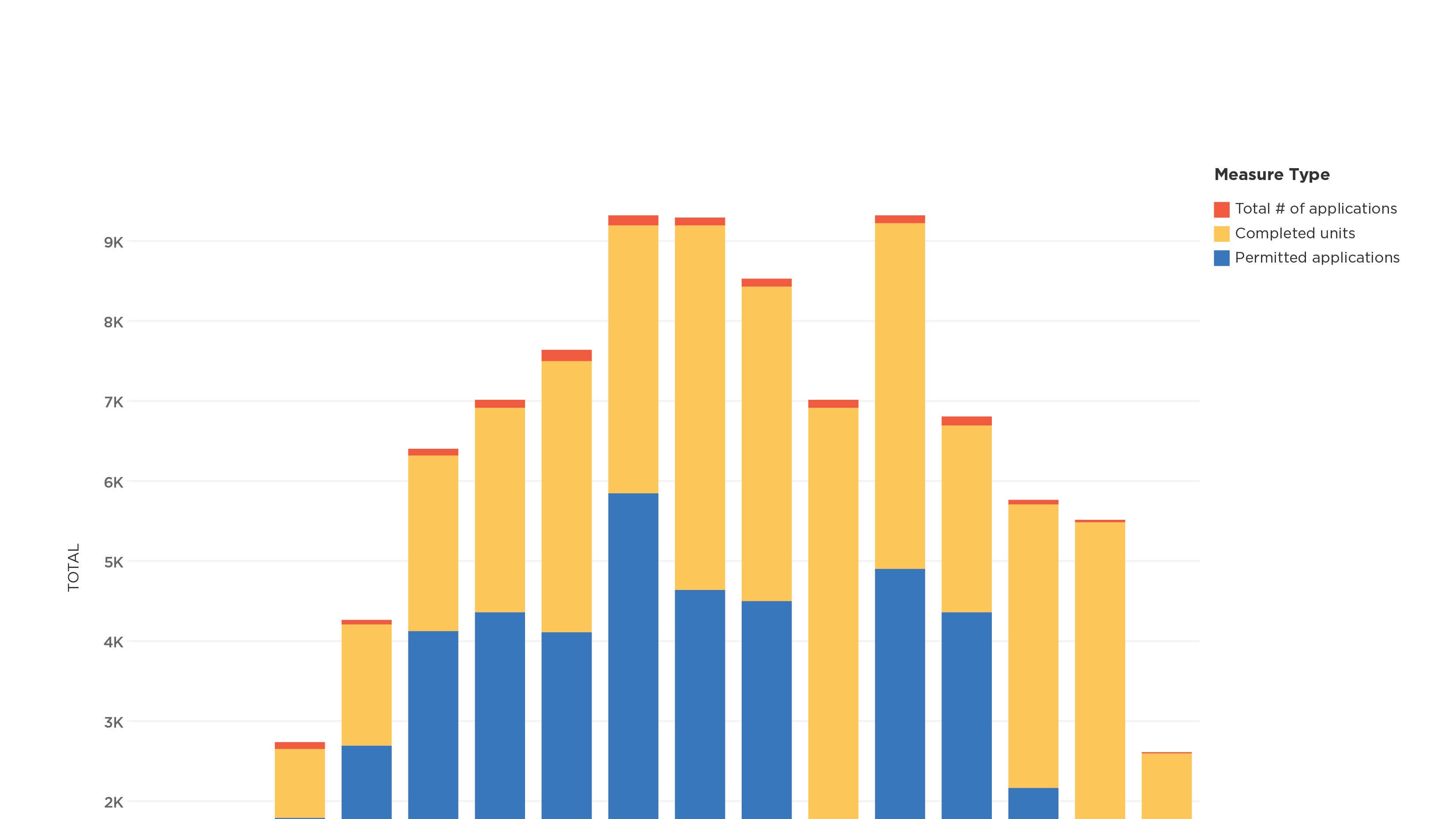Plenty of policymakers in Oregon say the way to make housing more affordable is to build more affordable housing.
That can work, but it often costs precious public dollars. Jay Parsons, a rental housing economist in Dallas, says the way to boost supply of affordable apartments is to build apartments—any apartments.
For proof, Parsons compiled apartment rents from American cities. In places like Denver, where developers have erected hundreds of new apartment buildings, the price of Class C units has declined. Class C apartments are older places that need renovation—sometimes called “naturally affordable housing”—and they are a crucial resource for people who struggle to find a place within their means.
“The data directly debunks the myth that new apartments—generally built at the highest price points due to construction costs—don’t help with affordability at other rent levels,” Parsons writes.
The Class C price decline happens because of a phenomenon called “filtering.” New, fancy apartments lure people living in older, Class B ones. Vacancies there attract people from Class C ones, creating vacancies that drive down rents.
The bad news is that construction of new apartments in Portland is cratering (see chart). Permit applications have collapsed, according to city figures compiled by Aaron Kirk Douglas, the data maven at HFO Investment Real Estate, as have permits issued and apartments built.
Why are the cranes idle? It may be because out-of-state developers have no interest in Portland, where the mostly empty Block 216 stands like a cautionary monolith. In a recent survey of investors by the Urban Land Institute, Portland ranked 80th out of 81 cities in terms of development prospects. Only Hartford, Conn., fared worse.
Portland City Councilor Jamie Dunphy, who has voiced support for a “vacancy tax” to pressure landlords to fill buildings instead of holding out for higher rents, says filtering sounds like supply-side economics, which always promises widespread prosperity but has yet to deliver.
If vacancies at luxury buildings helped drive down rates at the low end, empty apartments in the South Waterfront—where he’s heard there are many—would be working more magic, Dunphy says.
“I’ve seen no evidence that those luxury apartments adjust the rents,” Dunphy says. “I’ve only ever seen the opposite, with high-income renters pushing out lower-income renters all down the spectrum.”
Nonetheless, Dunphy calls HFO’s chart “horrifying.” On that point, almost everyone agrees.

